Not many words needed. A beach that is more rock than sand. A stone harbour with boats that look too small to conquer the waves. Views of snow topped mountains on Arran. Blue skies and numb fingers. Perfect Dunure.
Fingers and toes crossed ... this post should be reaching you from my newly designed website. Please have a look around. And please, please let me know if something isn't working! I hope you like what you see.
I like the more stripped back look of this website and the fact that the Squarespace template I used included lots of different ways of displaying images. Which is very handy as my art is all sorts of shapes and sizes. It was also really easy to import my blog posts from my old Wordpress site. And then there was the shop - easy to set up although you can only use a single aspect ratio for all the product images. I have spent a lot of time in Photoshop over the last couple of weeks!
Whilst deciding what to show in the galleries I realised that there are some older works that I'm very unlikely ever to get the opportunity to exhibit again so I have put them on sale in my new shop. I have also listed many of the small pieces I made during my recent 100 (week) day challenge. Although I made them for my upcoming exhibitions in 2018 I did get rather carried away and made more than I really need. You'll notice in the galleries that several of my large works shown in the galleries are marked as not for sale. This is either because they are touring or because they will be exhibited next year.
Now after several weeks sat in front of a computer I need to get back to making art!
I've been a little quiet on social media for the last couple of weeks as I am building myself a new website. A photo of me banging my head against a monitor doesn't make for a good Instagram moment! I have been thinking about upgrading my website for a while - it is a basic Wordpress site that has served me well but I feel like I have out grown it. And seeing as I am resting between jobs (aka unemployed) it seemed like a good time.
I want a site that looks more contemporary, that allows me to display my work in lots of ways, that allows me to sell my work online, that can house a blog and that can 'grow' with me. Oh and I also want it to be a lot easier to use than Wordpress. My research fell into two categories - finding the best set up (site host, e-commerce provider etc) and looking at lots of sites to help me decide how I want mine to look. The first part was easy. I picked Squarespace as it is a one stop shop that is cheaper than other options. It is very easy to use and I can upgrade my basic plan if I need more functionality in the future. The Help section is really good and, if I get stuck, my daughter and her partner having been using it for years for their shop Good Press.
The second part - looking at other people's sites - was very enjoyable as I've seen some great art but it was also a bit surprising. Very, very few of the textile artists have a shop function or even list prices. And yet many of them will list a price when they exhibit work in galleries or at shows and I'm sure are as thrilled as I have been when somebody buys their work. So I wondered why not? Maybe it feels like setting up a shop is too much effort given that the number of sales is always, unfortunately, going to be small? (Which maybe it was before sites like Squarespace made it quite straightforward). Or are we worried that the audience will see us as less serious about our art if we put a price on it? Do we worry that it will be seen as craft rather than art? Are we concerned that viewers will scoff when they see the price of the work?
I hope not. I am deadly serious about my art. It is a passion. An obsession. I am going to continue to make art even if I never sell another piece. But let's get real. Making art costs money - if you add up everything you have spent this year on materials, on submission fees, on postage, on running costs for the space you work in, on your website, etc, etc, how much does it come too? And then there is time. I approach my art with the same professional attitude I use in my day job - my time has value and I want to be rewarded for the investment I make in my art. Being curated into shows is fantastic, thrilling and a big motivator. But somebody liking my work enough to spend money on it - now that is in a different league so why wouldn't I make it as easy as possible to buy?
Every artist has a bridge piece in them don't they? This is mine. It is not an unusual bridge in terms of design but it is quite striking when seen from the link road in St Helens. And I've tried to capture that in this quilt. The colours look solid from a distance but closer inspection reveals lots of lovely texture created by using breakdown printing in a limited colour palette. It has been made for my upcoming exhibition with Helen Conway at The World of Glass, St Helens.
I am really happy with this piece and may make more 'bridge' pieces but it did make me wonder about genre. I have intentionally tried to work in a more abstract way in recent years but, despite the colours used, this piece doesn't feel abstract. So what is it?
The Tate defines abstract art as 'art that does not attempt to represent an accurate depiction of a visual reality but instead uses shapes, colours, forms and gestural marks to achieve its effect'. Wikipedia defines it as art 'that uses a visual language of shape, form, colour and line to create a composition which may exist with a degree of independence from visual references in the world'. Hmm … well the colours may be abstract but, as I wanted it to look like a bridge, the finished piece cannot be called abstract.
The Tate defines figurative art as 'any form of modern art that retains strong references to the real world and particularly to the human figure'. Wiki says that figurative art 'describes artwork - particularly paintings and sculptures - that is clearly derived from real object sources, and is therefore by definition representational'. And the Tate defines representational as a 'blanket term for art that represents some aspect of reality, in a more or less straightforward way'. The quilt is not a painting, or a sculpture nor does it refer to the human figure but figurative seems like a good fit.
So what about the quilt world? If I wanted to enter it into Festival of Quilts which category would I choose? They don't have an 'abstract' category but their definition of an Art Quilt is 'quilts with both a strong visual impact and a high quality of execution designed to be displayed as artwork and communicating an idea, emotion or concept through the medium of textile and stitch'. Sherdley Road has strong visual impact and you will need to make my word for the fact that it is incredibly well made but it doesn't represent an idea, emotion or concept. It represents a bridge. Which means that it fits with their description of a Pictorial Quilt which are 'quilts depicting a scene or subject eg: people, animal, flowers etc as the main body of the quilt. A figurative or representational piece'. Hmm ….. A lot of the pieces entered into this category are very literal - often photo like representations of their subject. Wonder how my piece would be judged? I guess there is only one way to find out!
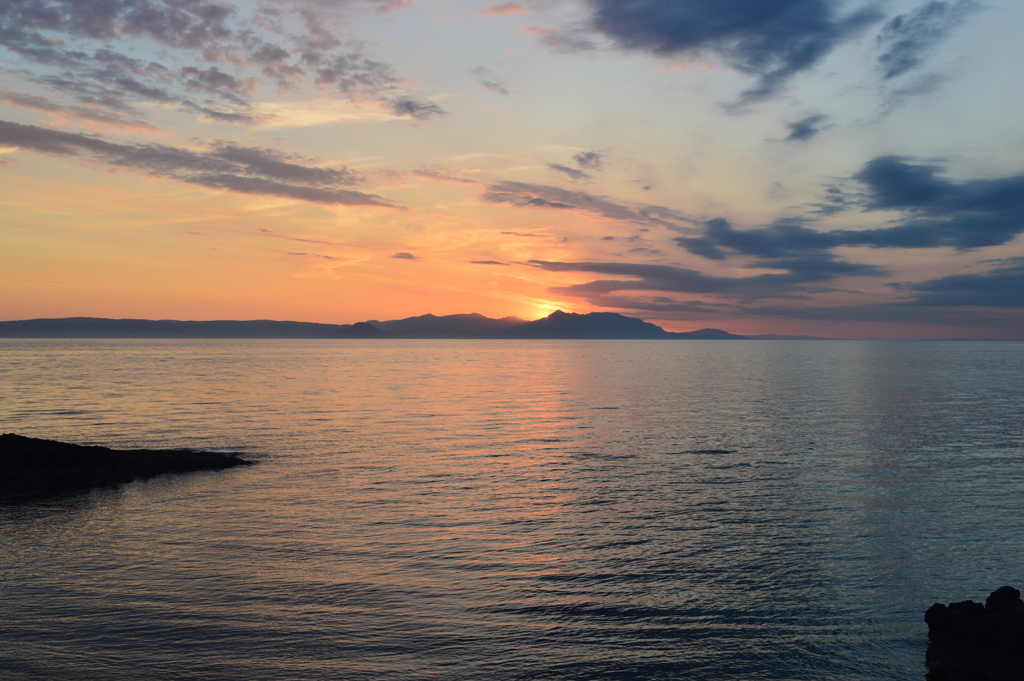 Last Thursday my gentle, lovely mother-in-law, Joan Higgins passed away. She had been ill for a while so her death was not unexpected but it was sooner than we had hoped for. Knowing that it was going to happen has not made it any easier but it did give us the time to spend her last few days together as a family. And I could not be prouder of the way her grandchildren rallied together to support my father-in-law, my husband and his brothers.
Last Thursday my gentle, lovely mother-in-law, Joan Higgins passed away. She had been ill for a while so her death was not unexpected but it was sooner than we had hoped for. Knowing that it was going to happen has not made it any easier but it did give us the time to spend her last few days together as a family. And I could not be prouder of the way her grandchildren rallied together to support my father-in-law, my husband and his brothers.
We are now in that 'limbo' phase before the funeral and I have been able to get into my studio for a few hours. As always I find solace in my art but have realised that I cannot return to my 100 week day challenge. I started the challenge at about the same time as Joan became ill. On day 44 we learnt that her illness was terminal. Since then the challenge has provided an incentive to get into the studio nearly every day if only for a few minutes.
Day 86 was the last day I worked on the challenge. The challenge was to spend 2 hours each week day evening for 100 days / 20 weeks making small art. I worked in my studio on 80 of the 86 days and for a total of 162.5 hours out of the 172 hours targeted (2 x 68). I have finished 52 small pieces of art.
So despite ending too soon I consider it a success. A bit like Joan's life - a good life but over too soon.
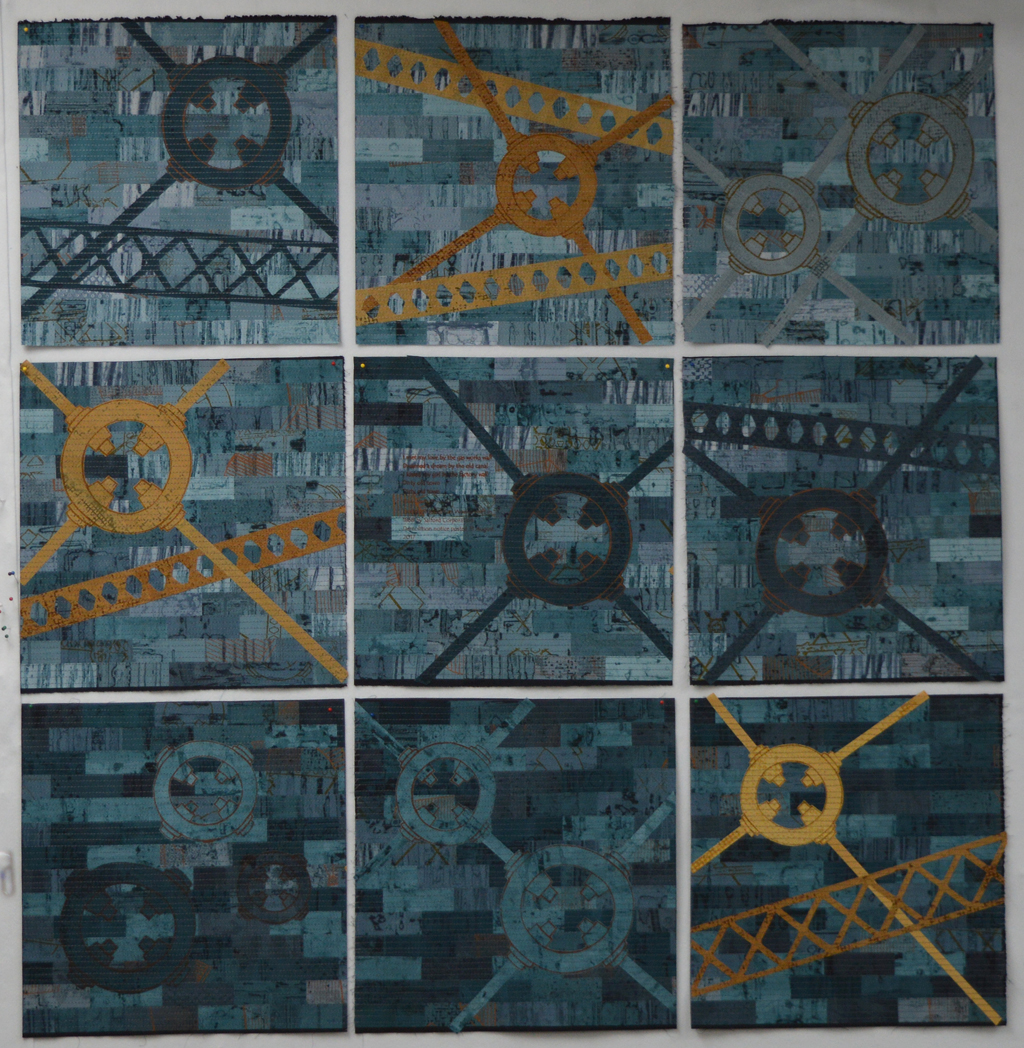 Those of you that follow my blog regularly will know that I made a very definite decision several years ago to always work in series. Doing so has helped me to develop as an artist - I spend a lot of time up front working on colour and on creating a palette of cloth but once I have that palette I am free to develop my ideas as I move from one piece to the next. And for my large pieces I do tend to get one to the finishing stages before starting work on the next. Many of my pieces are three metres wide or more. I am blessed with big print benches and a big design wall but it is not really practical to try to compose two large pieces at the same time.
Those of you that follow my blog regularly will know that I made a very definite decision several years ago to always work in series. Doing so has helped me to develop as an artist - I spend a lot of time up front working on colour and on creating a palette of cloth but once I have that palette I am free to develop my ideas as I move from one piece to the next. And for my large pieces I do tend to get one to the finishing stages before starting work on the next. Many of my pieces are three metres wide or more. I am blessed with big print benches and a big design wall but it is not really practical to try to compose two large pieces at the same time.
Some of you will also know that I have struggled to make small art .... my ideas always want to be BIG. But with two exhibitions scheduled for 2018 I knew that I needed to stop struggling and start making. Hence my 100 (week) day challenge in which I committed to spending 2 hours each week day evening working exclusively on small art. And after 70 days I can declare the challenge a success! I am now comfortable taking the ideas, colours and palettes of cloth used in my large scale pieces and working with them on a (much) smaller scale. But, just as importantly, I have really enjoyed making 'batches' of work. I am half way through stitching 18 pieces that will each be 12 x 12 inches when finished. I worked on the composition of all 18 at the same time. Each piece has to work on its own but what really excites me is seeing them layed out in a grid. The common colours and repeated use of shape is very powerful and has got me thinking about the power of repeat and how I could use it in a large scale piece. Which is a good if un unexpected bonus!
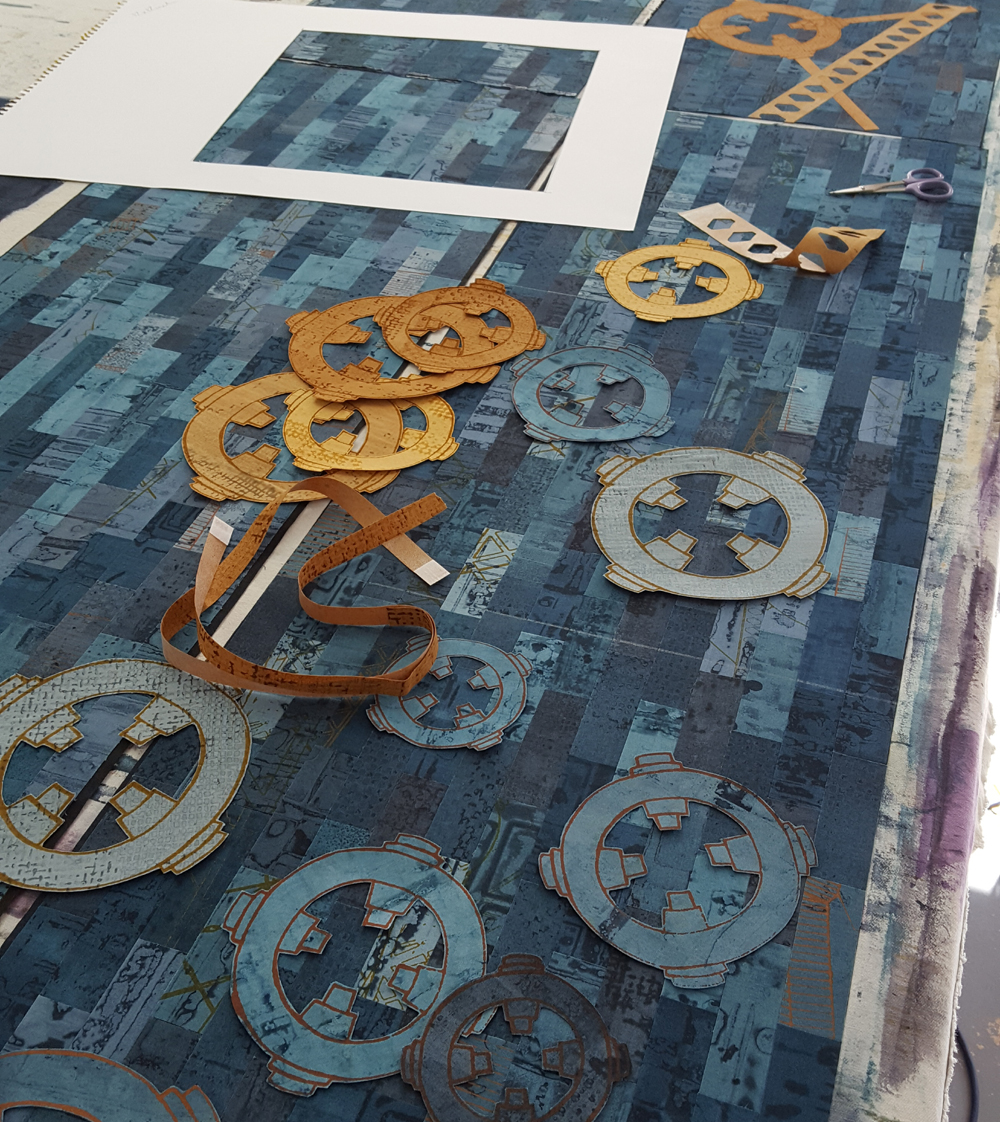 Sometimes you just get into something and you don't want to quit! On Wednesday I spent 5 hours cutting things out - which is very calming but hard on the hands. Yesterday I spent 7 hours working on a large Ruins piece (4 hours machine stitching and 3 hours sewing in ends, which is also very calming but hard on the shoulders). And today, day 65 of my 100 (week) day challenge I have spent 3.5 hours collaging and sticking things down. Which wasn't hard on anything - it was just great fun!
Sometimes you just get into something and you don't want to quit! On Wednesday I spent 5 hours cutting things out - which is very calming but hard on the hands. Yesterday I spent 7 hours working on a large Ruins piece (4 hours machine stitching and 3 hours sewing in ends, which is also very calming but hard on the shoulders). And today, day 65 of my 100 (week) day challenge I have spent 3.5 hours collaging and sticking things down. Which wasn't hard on anything - it was just great fun!
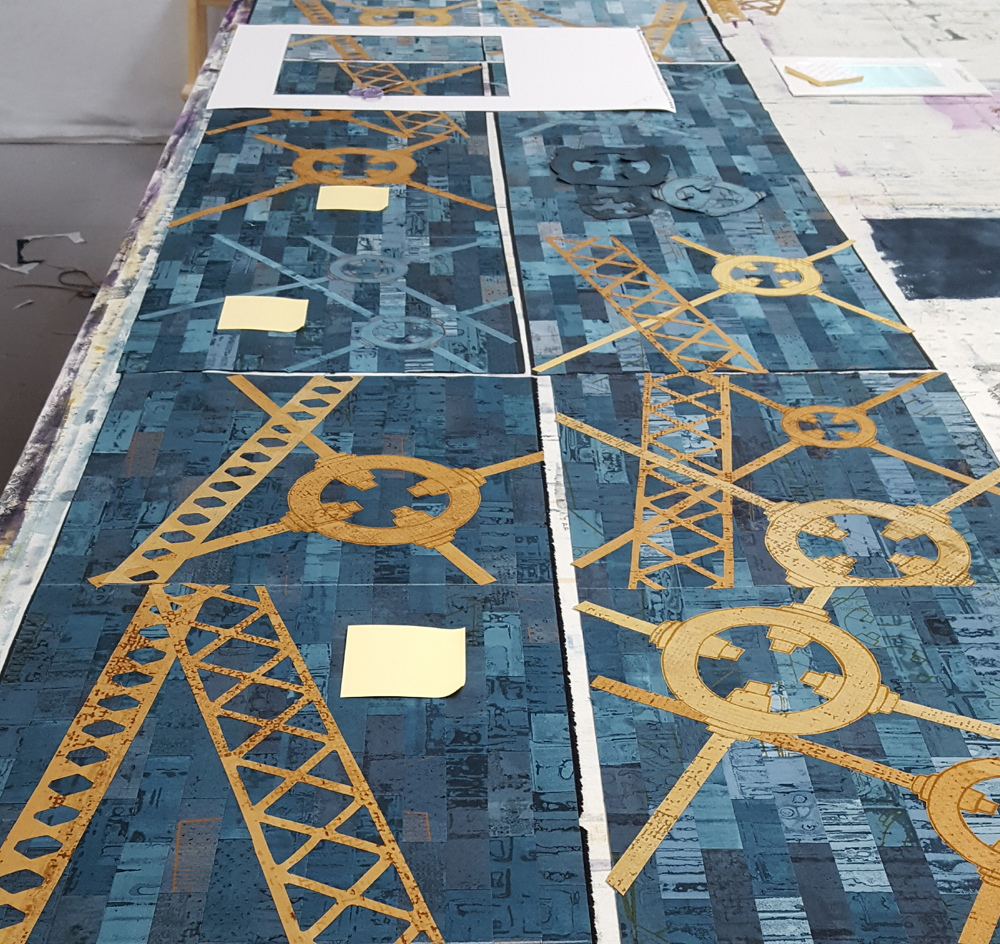
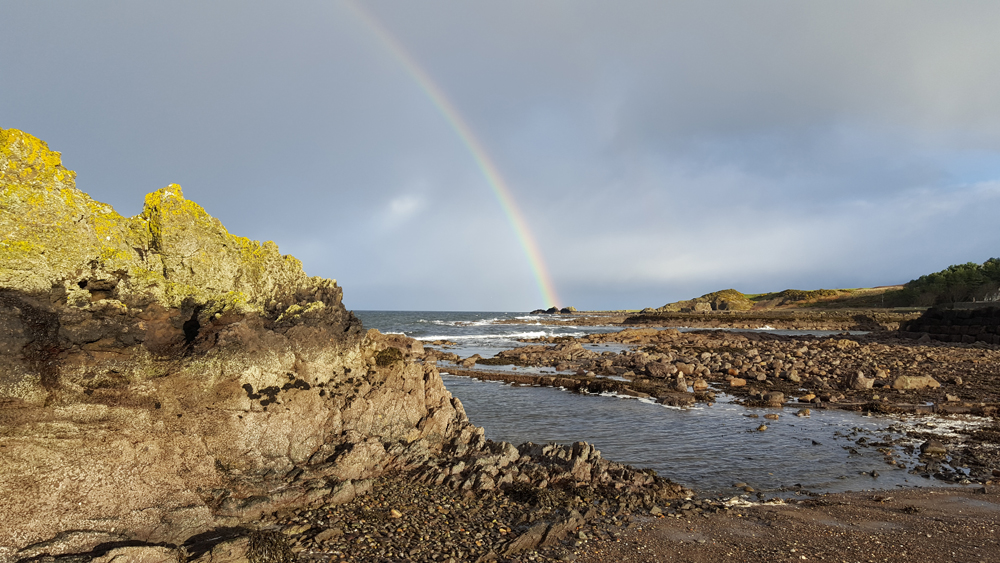
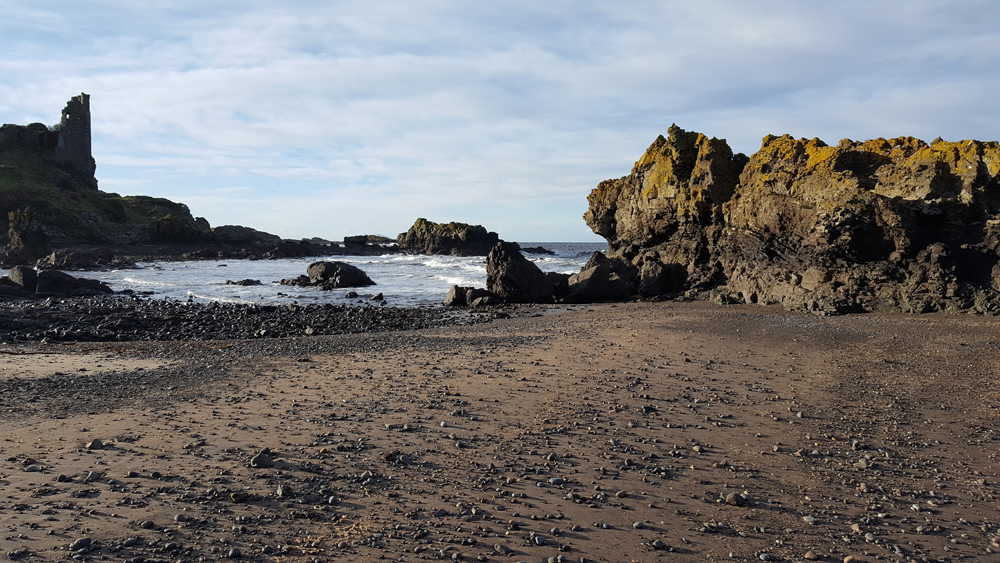
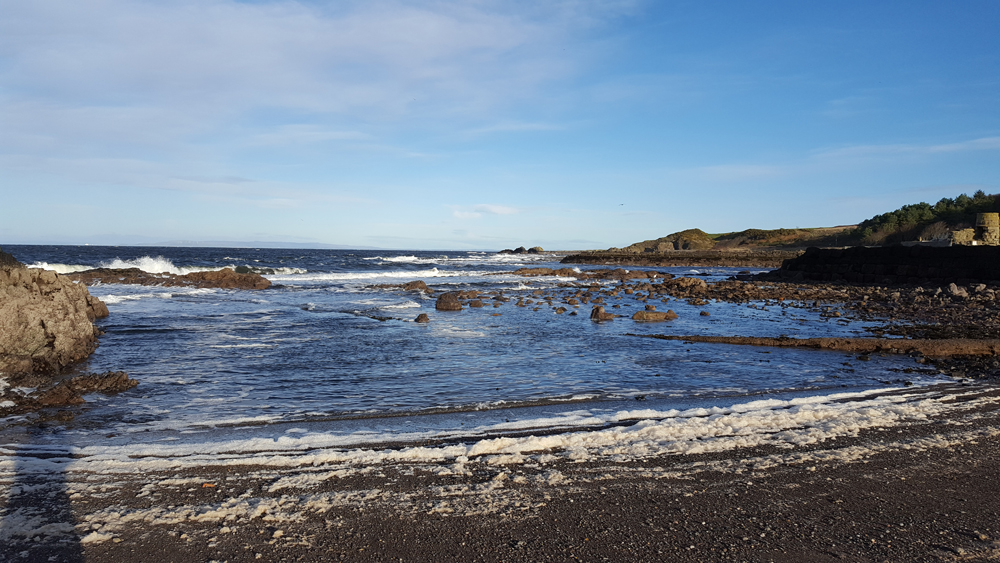



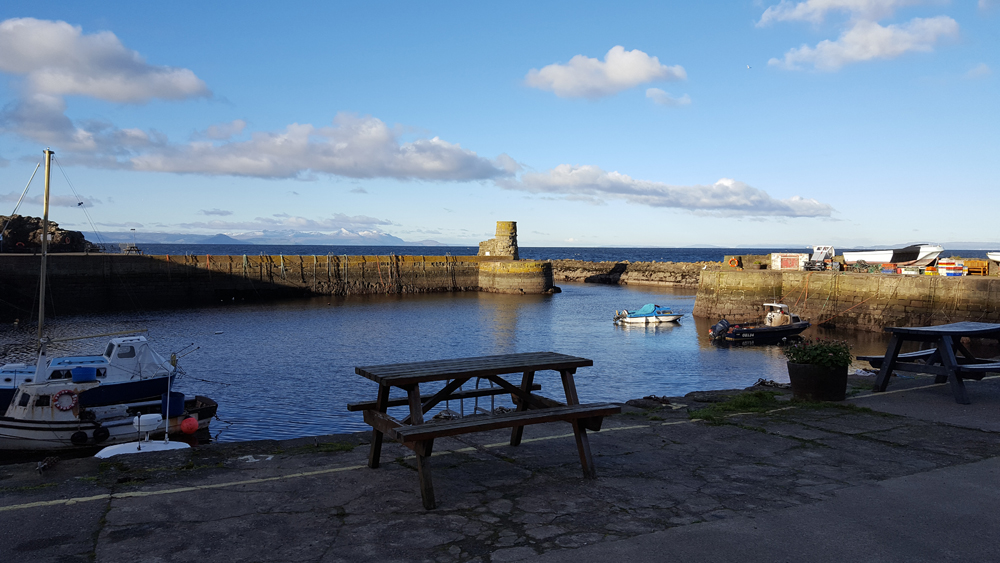
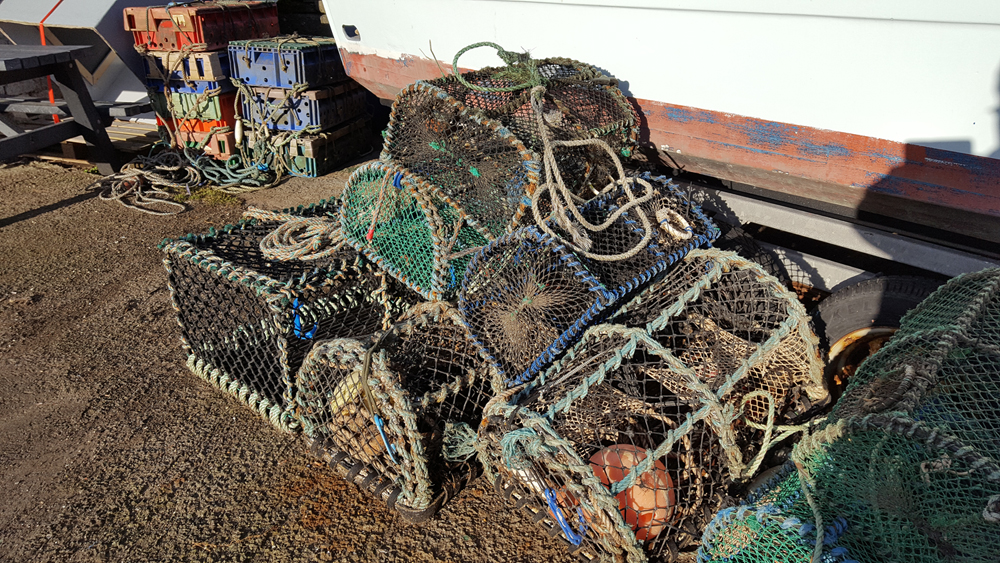
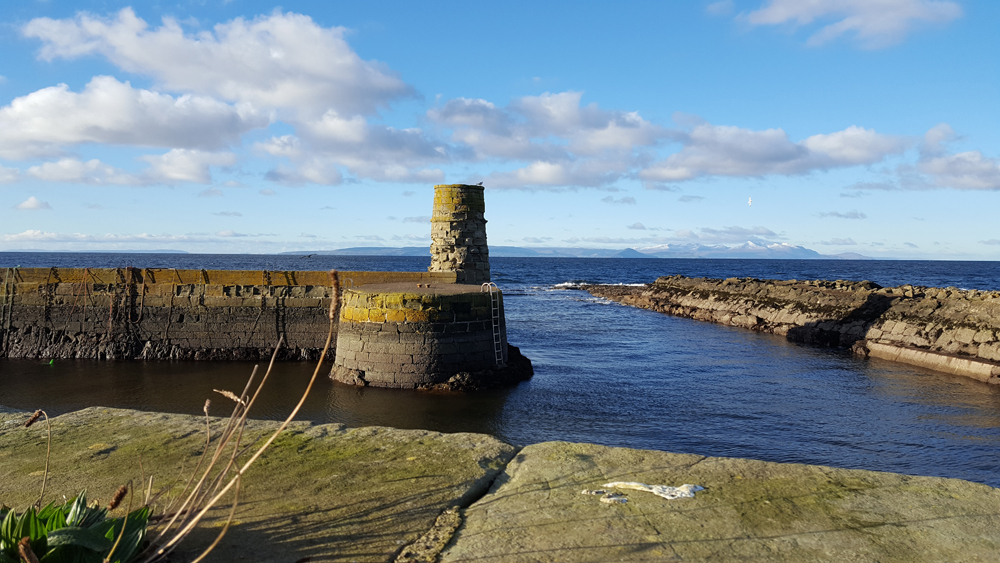






 It will come as no surprise when I say that 95%+ of the textiles I use in my work are created using breakdown printing. Sometimes I include dyed pieces, sometimes I add a layer of print using thermofax but breakdown is my love.
It will come as no surprise when I say that 95%+ of the textiles I use in my work are created using breakdown printing. Sometimes I include dyed pieces, sometimes I add a layer of print using thermofax but breakdown is my love.

